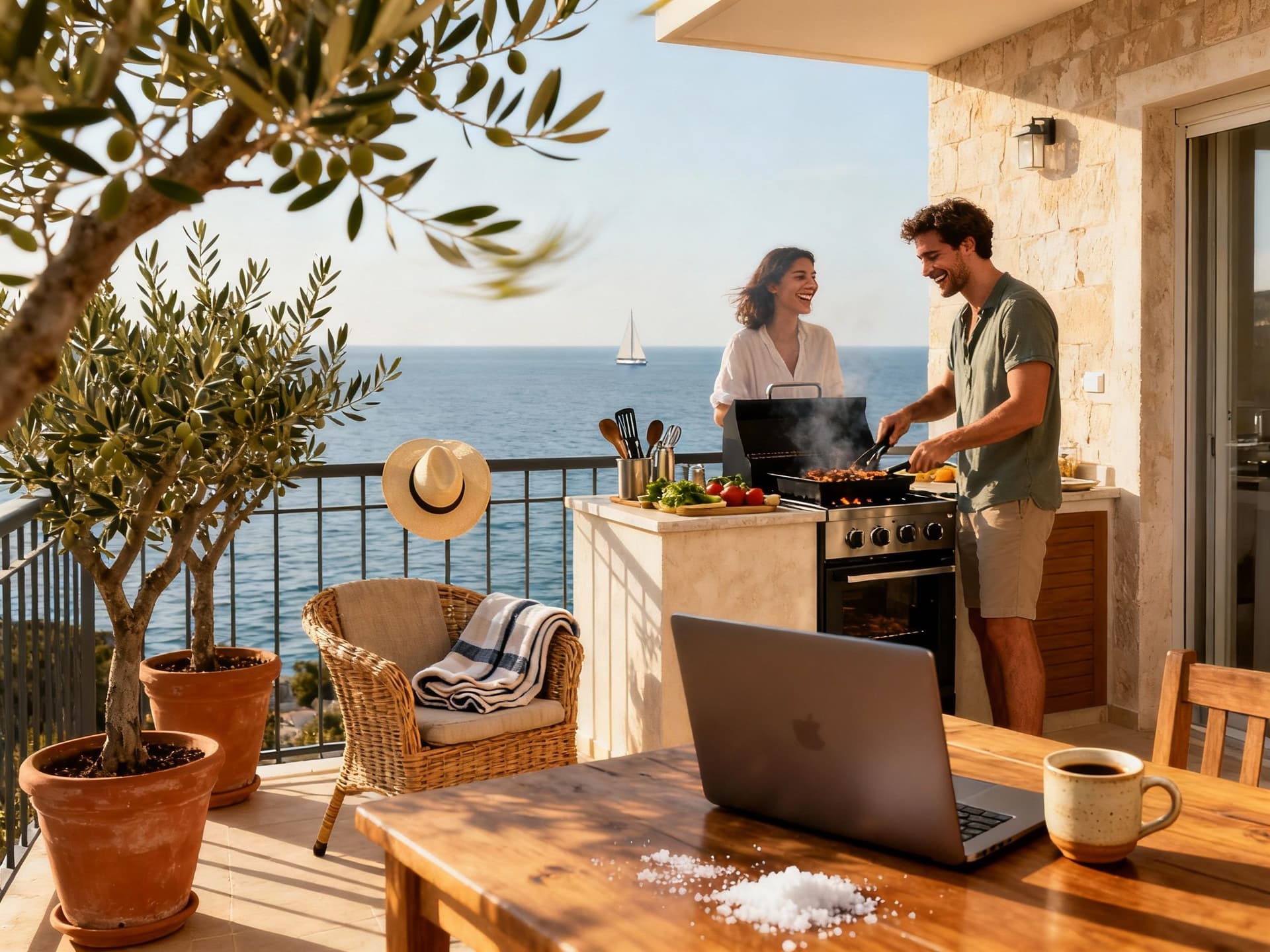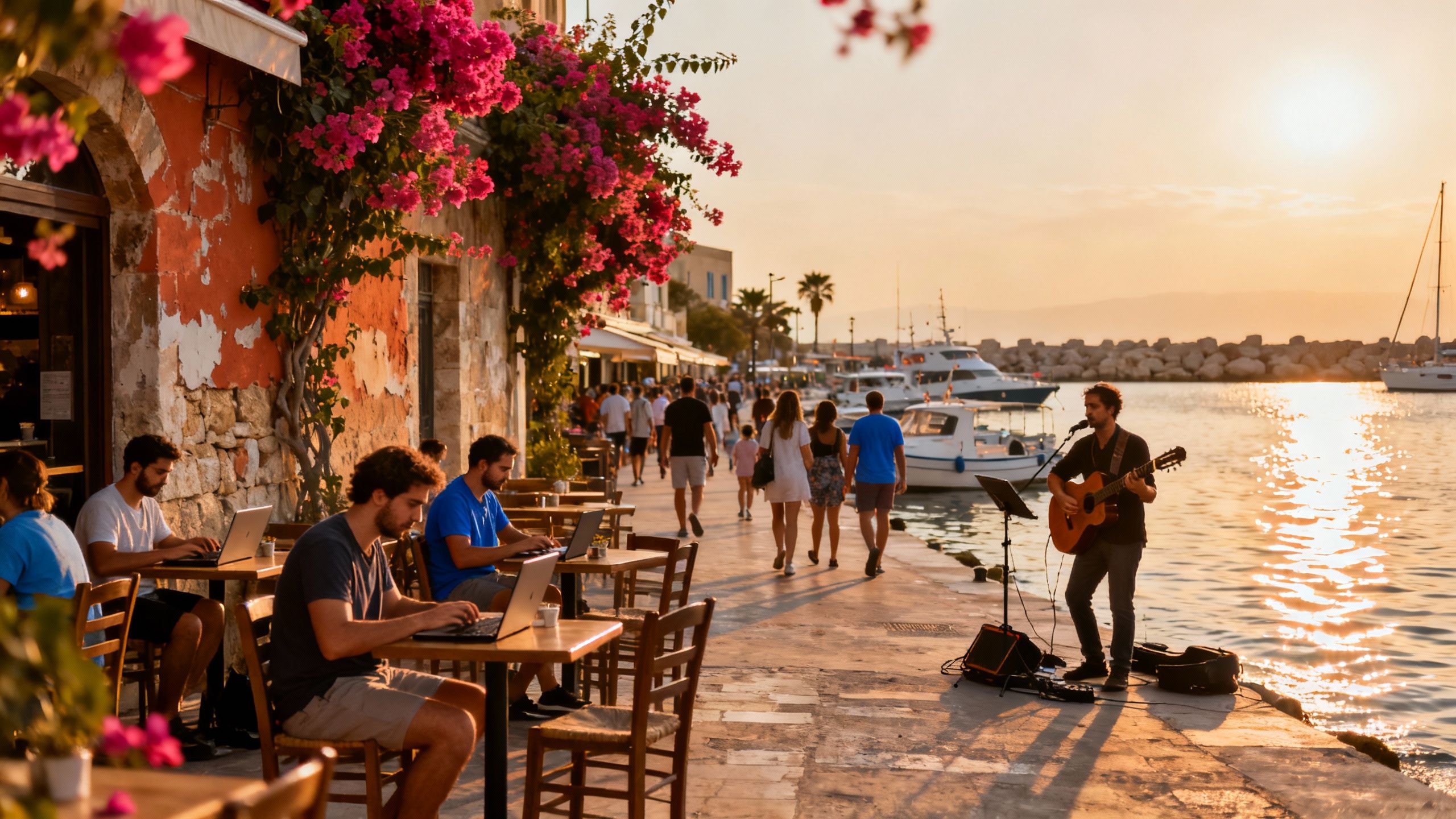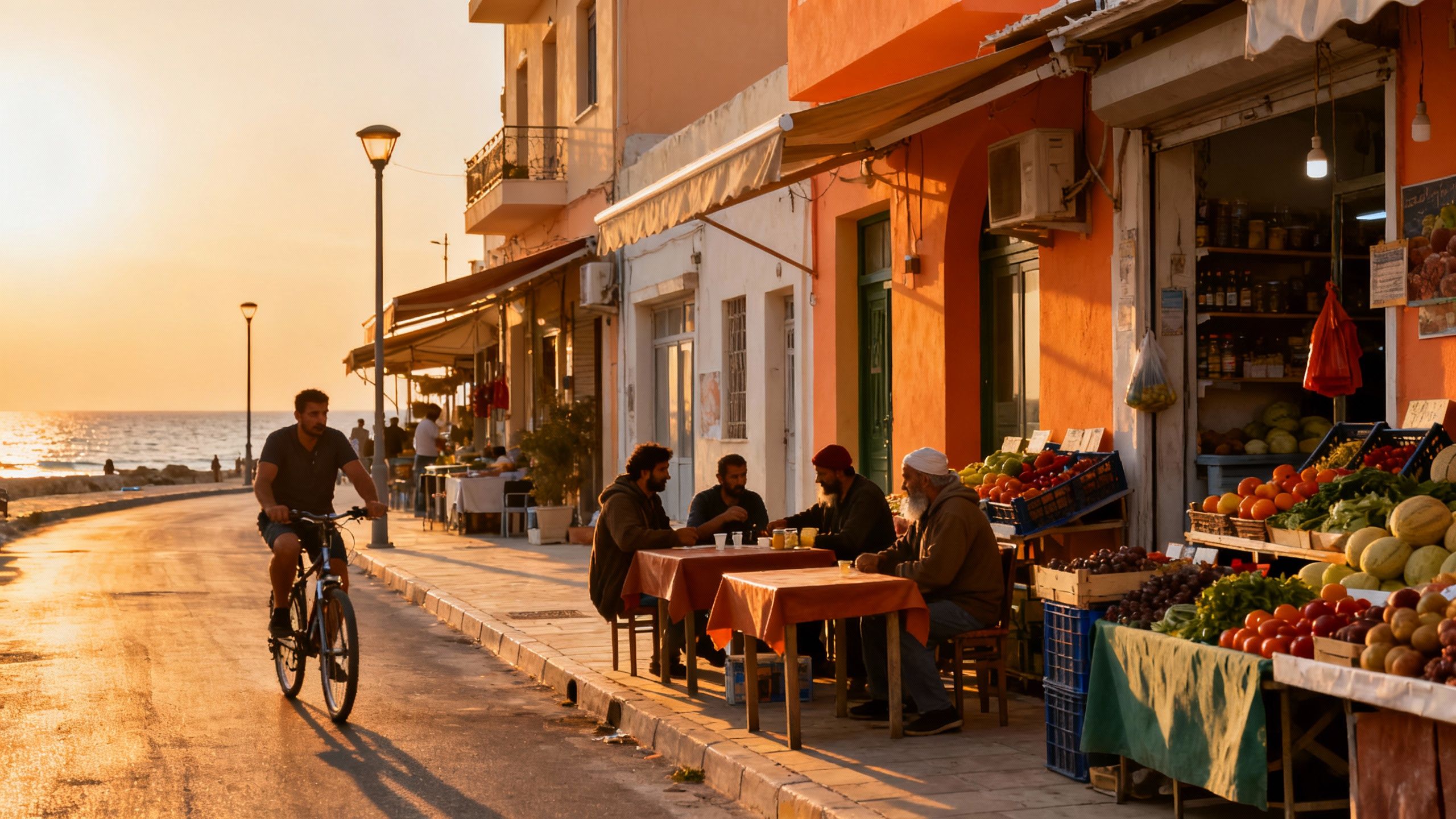Croatia Money Moves: Banking, FX & Seasonal Buying Truths
Fall in love with Croatia — then buy smart: euro adoption, bank setup, seasonal pricing and red flags explained with local sources and steps.
Imagine stepping out of a stone‑paved alley in Split at 8am, a café steaming beside you, the Adriatic glittering two streets away. Mornings here are for espresso runs and laptop bursts in sunlit terraces; evenings are for grilled fish, raucous local konobas, and neighborhood rhythms that make a house feel like home fast. But that sunlit charm hides practical questions every buyer needs answered — currency moves, bank accounts, permit timelines, and the seasonal truth about prices. This guide mixes the smell of sea salt and baking burek with hard data so you can fall in love and buy with confidence.
Living Croatia: neighborhoods, seasons and everyday life

Croatia is compact in feeling but wildly varied in personality. Zagreb hums like a modern European capital with tram-lined streets and coworking hubs, while Dubrovnik and Hvar are festival-saturated tourist magnets where summer energy is intoxicating but fleeting. Inland towns and Istrian hilltops offer slower, pastoral routines — weekly markets, family-run konobas, and neighborly familiarity. As a nomad, you’ll choose not just by price but by tempo: do you want a buzzing café desk (Split’s Varoš, Bačvice) or a quiet terrace overlooking olive groves (Motovun, Istrian hinterland)?
Coastal spots: half‑summer romance, half reality check
Walk Dubrovnik’s Stradun at sunrise and you’ll swear you’ve found paradise; visit in August and you’ll negotiate for a table and a parking space. Coastal towns bring higher asking prices and strong short‑term rental demand, which can skew local housing availability and tax policy. If you crave beach-office days, look for pockets where locals actually live year‑round — neighborhoods like Split’s Veli Varos or Španjola on Hvar — not just the postcard old towns dominated by tourists.
City life: Zagreb, hubs, and remote work essentials
Zagreb delivers reliable broadband, multiple coworking choices, and a calendar of cultural events that keep remote workers plugged into community. Neighborhoods like Cvjetni Trg and Trešnjevka offer walkable streets and cafés packed with freelancers — a very different vibe from coastal tourist strips. For nomads who need fast internet and steady year‑round community, Croatia’s cities often give more predictable living while coastal towns deliver the dreamier weekends.
- Lifestyle highlights to scout when house‑hunting in Croatia:
- Split — Veli Varos: morning espresso spots, 10‑minute walks to coworking and sea
- Hvar Town — Španjola district: stone terraces, quieter lanes away from the yacht scene
- Zagreb — Trešnjevka: local markets, tram access, reliable fiber and community meetups
Making the move: money, banks and the seasonal truth

The dream is the magnet; money is the map. Recent market overviews show coastal asking prices outpacing inland areas and higher tourist‑area demand shaping both prices and short‑let dynamics. New property taxes aimed at cooling speculative short lets also arrived as of 2025, meaning holding costs are changing fast and should factor into your calculations. You’ll need to plan for currency flows, bank relationships, and seasonally skewed pricing if you want to turn weekend love into a sustainable life.
Banking basics: accounts, transfers and OIB
Before you sign, get your Croatian OIB (personal identification number) — it’s required for bank accounts, utilities, and official documents. EU citizens enjoy smoother buying rights, while many non‑EU nationals must secure Ministry of Justice consent; that paperwork affects how and when you move money. Open a local account for EUR/Kuna transactions if you plan recurring expenses or rentals; Croatian banks accept international transfers but compare fees and FX margins (especially if you’re keeping income in a different currency).
Currency strategy: euro vs kuna (HRK) and timing
Croatia joined the eurozone in 2023, replacing the kuna with the euro — that simplifies currency risk for many buyers but also means property pricing and tax changes are now expressed in euros. That euro adoption reduced one layer of FX hedging, but you should still lock exchange rates for large transfers or use staged conversions to average costs. Watch policy moves — recent tax shifts targeting property owners (announced 2024–25) can change holding costs, especially if you plan short‑term rentals.
- Step‑by‑step money moves for confident buying:
- Get an OIB and open a Croatian bank account (or choose a bank with Adriatic presence).
- Set a FX plan: decide between one‑time conversion, staged purchases, or using a currency broker to reduce spread.
- Budget in euros for purchase taxes, potential new property levies, notary and registration fees, and at least 3 months of holding costs.
Insider knowledge: myths, red flags and the seasonal play
Myth: "Coast = automatic profit." Reality: coastal charm brings tourists and peak‑season price spikes, but also policy responses and competition for long‑term housing. A smart buyer sees the coast as a lifestyle choice and models realistic rental seasons, tax changes, and local vacancy. Another contrarian truth: winter viewings reveal the real community — streets without cruise crowds, quieter services, and clearer maintenance needs that summer listings hide. Buying off‑season can expose defects and give negotiating power, but be ready for slower inspections and vendor availability.
What expats wish they'd known about local agents
Local agencies are invaluable for translating lifestyle goals into realistic property lists — they know which streets are year‑round neighborhoods and which are summer stage sets. Use an agency that works with expats regularly and asks about broadband needs, workspace layout, and proximity to community hubs (markets, clinics, coworking). Ask for client references and recent sales data for the micro‑area; a good agent will back lifestyle claims with numbers and sightlines to nearby coworking and fiber coverage.
- Red flags to spot on first visits:
- Empty blocks of unsold apartments in a complex — may indicate overdevelopment and weak rental market
- Poor insulation and old heating systems — big winter costs and renovation surprises
- Unclear land registry (ZK) entries or unresolved easements — get a lawyer to verify title
Conclusion: fall in love honestly and buy with a plan. Picture summer dinners on a stone terrace and winter coworking mornings in Zagreb — both are possible if you budget for seasonal realities, pick the right banking and FX strategy, and use local experts who value lifestyle fit as much as square metres. Start by getting your OIB, speaking with one Croatian bank and one international currency broker, and booking two viewings: one in summer, one in winter. The life you want in Croatia is a mix of the dreamy and the practical — balance both and you’ll arrive ready to stay.
Dutch investment strategist guiding buyers to Greece and Spain; practical financing, tax, and portfolio diversification.


